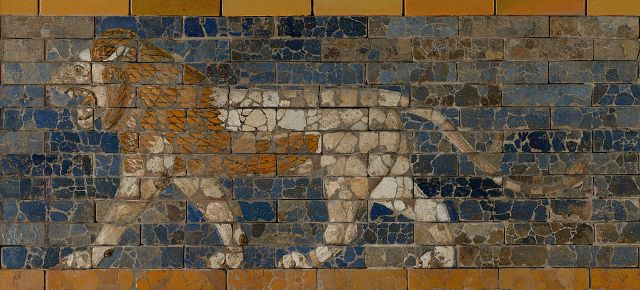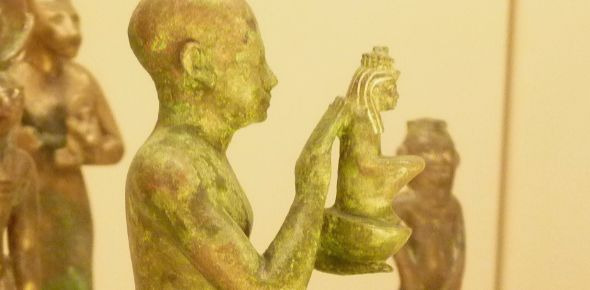
Most of us learned in school that there are nine planets, all revolving around the sun. Tiny Mercury is closest to the sun, followed by Venus, then our own planet Earth. The red planet, Mars, is next, about a third of the size of the Earth, and the first planet which has moons like our own. Next come the big planets, the gas giants, Jupiter, Saturn, Uranus, and Neptune. Finally there is the little dark planet Pluto at the edge of our solar system.
Today we explore the solar system with remote sensing vehicles as well as our eyes and telescopes. Exploration vehicles bearing cameras and a wide array of sensing devices fly by Mars, Jupiter, and Neptune, heading for the outer planets, sending their readings and photographs back to Earth. Astronomers comb pictures of the night sky seeking the faint movements that might lead to the discovery of additional objects even farther out from the sun.
The ancients viewed the planets differently. We say now that they believed the planets revolved around the Earth. It is perhaps more accurate and certainly kinder to say that they observed that the sky appears to revolve around our planet. We know, intellectually, that this is because the Earth is spinning. However ancient science still describes our observable experience. To our eyes the moon does rise over the Earth’s edge, the sun sets into the night sky.
Through the centuries the definitions of planet and the number of objects counted as planets has changed. Today we classify the sun as a star, the moon as a satellite of a planet, and Earth as a planet. Now we recognize three classes of planets—rocky planets close to the sun, gas giants farther away, and dwarf planets at the edge of the solar system. The discussion about whether Pluto is a planet seems destined to continue for years to come.
The unaided eyes of the ancients detected the inner rocky planets and some of the outer gas giants. They saw Mercury, Venus, and Mars, which seemed as red to them as it does to us. They saw bright Jupiter, and even faint Saturn. For them, the term planet also included the sun and the moon, all classes of objects that spin in the sky.
To ancient cultures the planets embodied deities who affected their lives. Modern science has rejected that religious viewpoint. We no longer think of the planets as literal deities, as we have learned to measure their movements, and have taken increasingly more detailed photographs of their surfaces.
However the planets served more than just a religious purpose. The ancient philosophers also used the planets as a classification system. Each planet acts as the focus to study and understand one of the forces that make up the universe and the way we build our lives. These ancient observations have become some of the secrets of magic.



